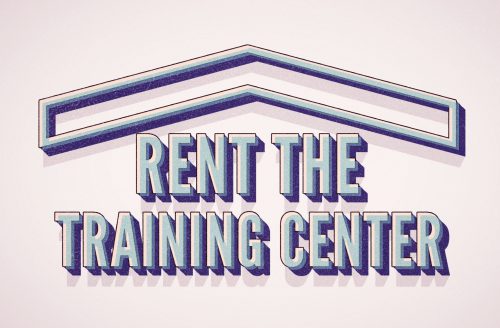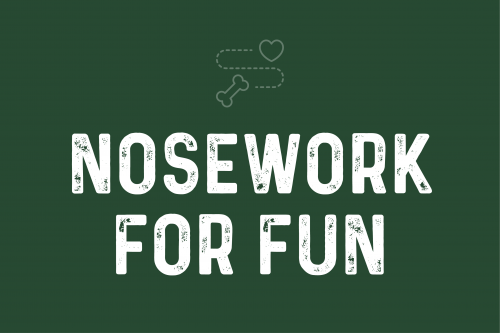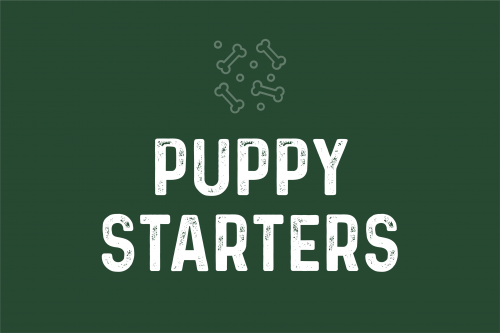Teams will be given a 15 min time slot with the first team starting at 11:30am. You will receive a confirmation email with your scheduled time. Responsible Owners, Well-Mannered Dogs. The AKC’s Canine Good Citizen program is recognized as the gold standard for dog behavior. In CGC, dogs who pass the 10 step CGC test can earn a certificate and/or the official AKC CGC title. Dogs with the CGC title have the suffix, “CGC” after their names.
Canine Good Citizen Test – August 13th – From 11:30am Onwards
$15.00
Description
The Canine Good Citizen Program teaches manners to dogs and responsible dog ownership to their owners. The 10-step Canine Good Citizen test is a non-competitive test for all dogs, including purebreds and mixed breeds. The CGC award is a prerequisite for many therapy dog groups. Some homeowner’s insurance companies, apartment leasing companies, and home owners associations are now encouraging CGC testing.
THE CGC TEST INCLUDES:
AKC CGC Responsible Dog Owner’s Pledge:
I will be responsible for my dog’s health needs. These include:
- routine veterinary care including check-ups and vaccines
- adequate nutrition through proper diet; clean water at all times
- daily exercise and regular bathing and grooming
I will be responsible for my dog’s safety.
- I will properly control my dog by providing fencing where appropriate, not letting my dog run loose, and using a leash in public.
- I will ensure that my dog has some form of identification when appropriate (which may include collar tags, tattoos, or microchip ID).
- I will provide adequate supervision when my dog and children are together.
I will not allow my dog to infringe on the rights of others.
- I will not allow my dog to run loose in the neighborhood.
- I will not allow my dog to be a nuisance to others by barking while in the yard, in a hotel room, etc.
- I will pick up and properly dispose of my dog’s waste in all public areas such as on the grounds of hotels, on sidewalks, parks, etc.
- I will pick up and properly dispose of my dog’s waste in wilderness areas, on hiking trails, campgrounds and in off-leash parks.
I will be responsible for my dog’s quality of life.
- I understand that basic training is beneficial to all dogs.
- I will give my dog attention and playtime.
- I understand that owning a dog is a commitment in time and caring.
1. Accepting a Friendly Stranger – The dog will allow a friendly stranger to approach it and speak to the handler in a natural, everyday situation.
2. Sitting Politely for Petting – The dog will allow a friendly stranger to pet it while it is out with its handler.
3. Appearance and Grooming – The dog will permit someone to check it’s ears and front feet, as a groomer or veterinarian would do.
4. Out for a Walk (walking on a loose lead) – Following the evaluator’s instructions, the dog will walk on a loose lead (with the handler/owner).
5. Walking Through a Crowd – This test demonstrates that the dog can move about politely in pedestrian traffic and is under control in public places. The dog and handler walk around and pass close to several people (at least three).
6. Sit and Down on Command and Staying in Place – The dog must do sit AND down on command, then the owner chooses the position for leaving the dog in the stay.
7. Coming When Called – This test demonstrates that the dog will come when called by the handler (from 10 feet on a leash).
8. Reaction to Another Dog – This test demonstrates that the dog can behave politely around other dogs. Two handlers and their dogs approach each other from a distance of about 20 feet, stop, shake hands and exchange pleasantries.
9. Reaction to Distraction – The evaluator will select and present two distractions such as dropping a chair, etc.
10. Supervised Separation – This test demonstrates that a dog can be left with a trusted person, if necessary, and will maintain training and good manners. Evaluators are encouraged to say something like, “Would you like me to watch your dog?” and then take hold of the dog’s leash. The owner will go out of sight for three minutes. The dog does not have to stay in position but should not continually bark, whine, or pace unnecessarily, or show anything stronger than mild agitation or nervousness. Evaluators may talk to the dog but should not engage in excessive talking, petting, or management attempts (e.g, “there, there, it’s alright”).
For more information, visit the Canine Good Citizen section of the Americal Kennel Club’s website.




